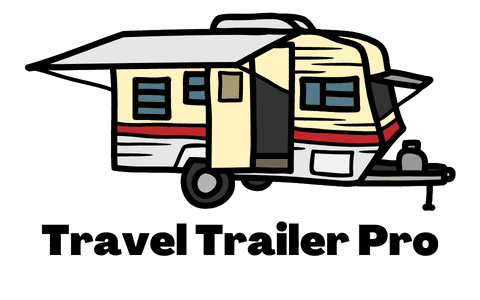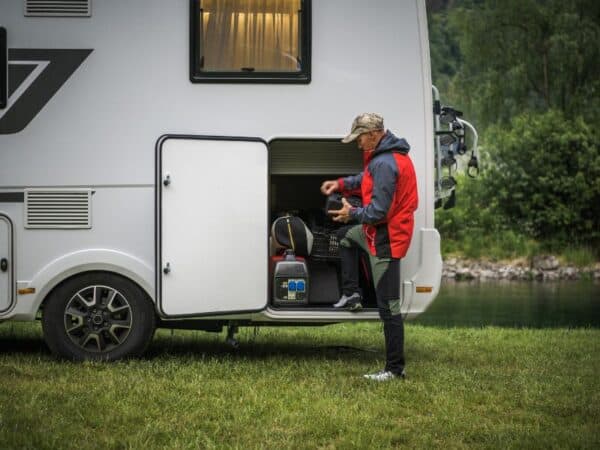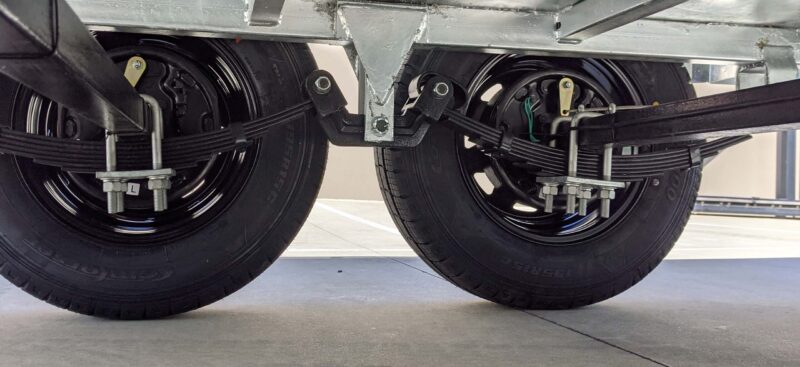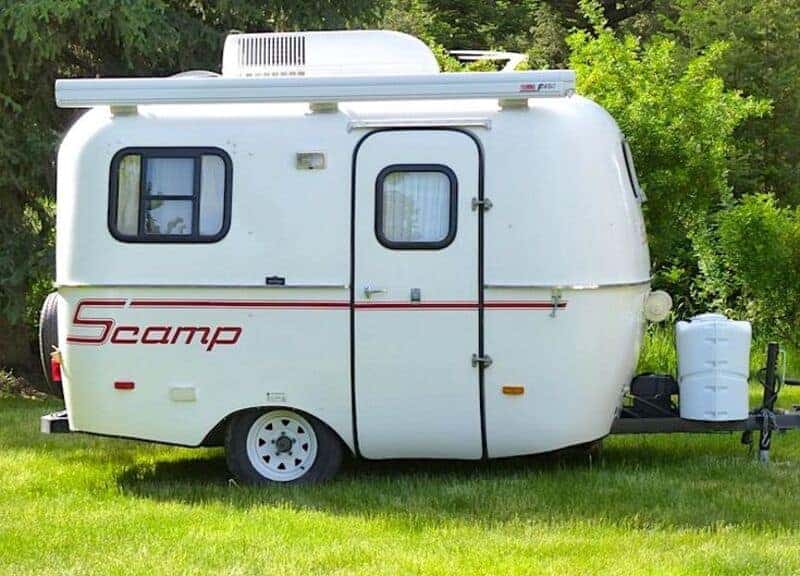Whether you’re a pack rat or you love to travel light, there’s always room for some RV packing tips. Maybe it’ll help you lighten the load, or maybe it will boost your capabilities when you’re boondocking or just off the grid in general.
Either way, we’ve put together some handy packing tips for you, out of the kindness of our RV-loving hearts.
Common items that everybody travels with are off the table, and we’re not going to suggest that you bring your taxidermy bison along for a ride in your teardrop. These are mostly things that are directional, rather than specifically recommending what you should pack, though some of the former is here as well.
As far as that’s concerned, if it’s practical, it should be in your RV adventuring gear. This list will help you improve your organizational and safety packing skills and, early on in your RV adventures, you’ll need a bit of both. With that being said, here is our list of 12 RV packing tips. Enjoy!
What Do You Need to Bring RV Camping?
If this is your first time rolling your shiny, new RV out of the driveway, ready to hit the road, this is a very relevant question. How you’re camping and considering the needs of each family member is as important as where you’re camping. Boondocking? Looking for a place with no cell coverage? Are you going to a campground?
Those are critical distinctions if you’re looking for some solid RV packing tips and want to know what to bring. Boondocking at National Parks and going off-grid is often harder than hooking up to shore power in a nice RV campground, especially for the unprepared.
In addition, your packing needs will depend on how long you will be on your RV adventure.
- You’ll need your service connections (water, sewer, surge protector, and adapters)
- RV setup gear (wheel chalks, jacks, levelers, jack, jack pads)
- Outdoor items (campfire essentials, chairs, propane tanks, speakers, grills)
- For boondocking/off-grid (generator, solar panels, LEDs, batteries, battery monitor, inverter, portable fans or heaters, low-flow shower head, router or cell booster)
- Shop for and cook easy, quick meals
- Kitchen supplies
- Pet supplies (if applicable)
- Indoor and outdoor games
- First aid kits and supplies
- Bikes or scooters
- Clothes and towels (make sure you bring enough to stretch between laundry days)
It sounds like a lot but, honestly, you won’t find much here that isn’t already in nearly every residential home. If you’re going off-grid, the list gets a little more extensive to account for power needs, but that’s essentially it. Now, on to the meat and potatoes of our RV packing tips.
12 RV Packing Tips for a Smooth Trip
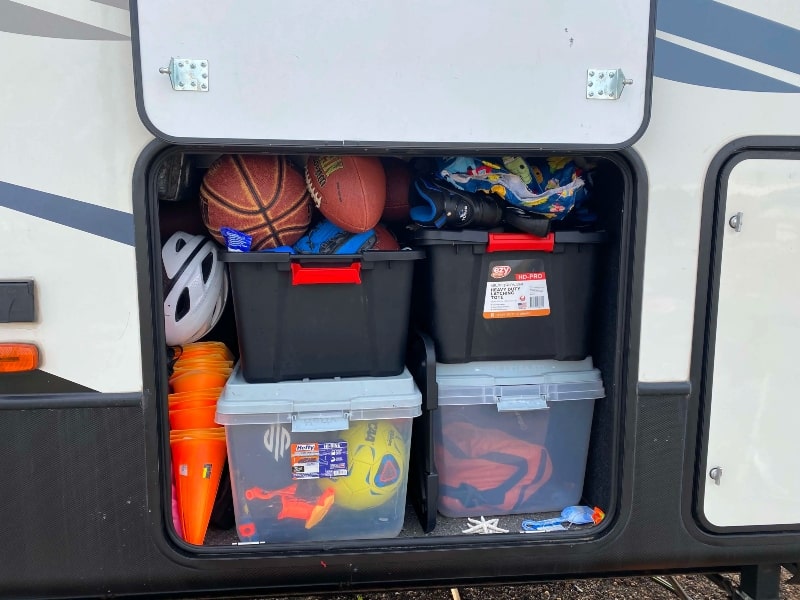
If you’re going on a short, weekend vacation, you may get lucky or be able to quickly improvise if you don’t follow these packing tips on travel day. However, if it’s more than a week, you’ll find yourself spending a lot of money and local businesses will really appreciate your neglect.
But hey, we all have to go through the learning curve when embracing the RV life for the first time. The veteran RVers out there know most of these inside and out. But, there just might be something in here worth learning for the RV lifers. Speaking of veteran RVers, don’t forget to help your fellow campers out.
Some newbies will probably need it from time to time. Besides, it expands the RV community, and the reputation of the RV community, and new RVers will remember and pass it down.
1. Make a List
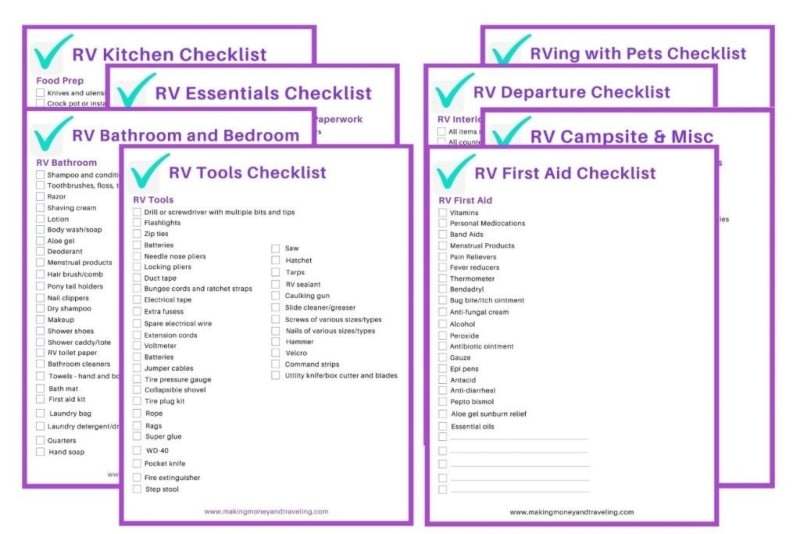
This is an excellent idea from the get-go. Later, when you’ve been at it for a while, checking the list will become second nature, and you may not even need to look at it. But as long as you write it down and place it somewhere you’ll remember, you’ll always be properly prepared.
A good RV camping checklist will go a long way towards being sure you pack all of your important things, so you have peace of mind on your RV adventure.
2. Don’t Take More Than You Need
Number one, if you don’t need it, that’s less weight on your RV and less aggravation when looking for a place to store it. Remember, you’re limited by your cargo carrying capacity (CCC) and you should avoid approaching the GVWR of the RV.
If you have an HD smart projector and a 75″ 4k HDTV, leave the TV at home and bring the projector. Packing what you need does not need to indicate you should leave all the fun stuff at home, or anything. Just be conscientious about what’s necessary for the trip and what isn’t.
3. Use Space-Saving Containers
Don’t pack loosely. It’s not a good idea to set your bowling ball in the master bedroom corner and imagine it’s heavy enough to stay there. Okay, that’s a little extreme, but the point is, to maintain organization by using totes and Tupperware containers rather than just lying things around wherever.
It will save space, and it’s surprisingly easy to find little spaces throughout an RV to store things. It’s also simpler to store square containers and find little spots to squeeze them into.
4. Think Ahead
One of the first mistakes new RVers make is packing everything in the RV without any semblance of order. Once you get set up, you find that all the things you need the most are packed in the back. We all make this mistake, so It’s nothing to kick yourself over.
Just be mindful that as you pack, you need to keep the things you know you’ll need from the moment you park the RV. As far as RV packing tips go, keeping things organized and accessible is one of the highest priorities.
5. Make the Essentials Accessible
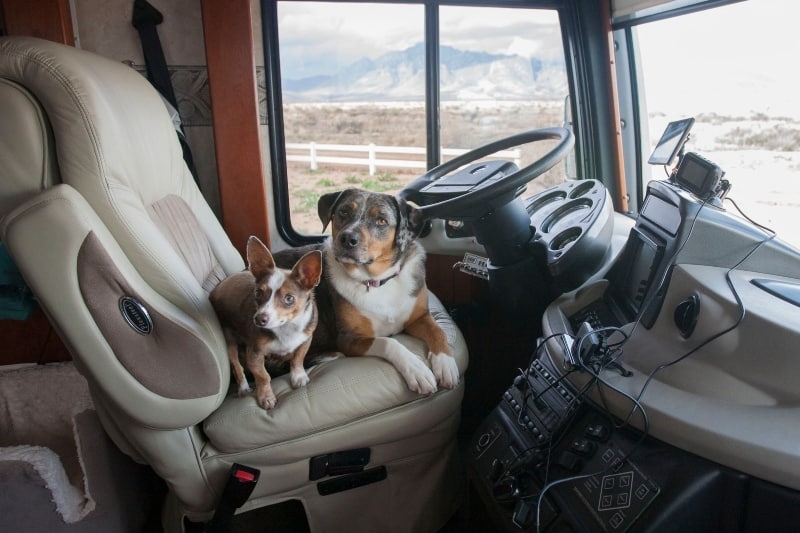
This one kind of goes along with the same line of thinking when packing for accessibility. First aid kits are prime examples of things you should have readily available, whether you’re on the road or parked for the evening.
Don’t pack those kinds of essential items inside the slides, where you can only access them when the slides are out. Tools for changing tires, triangular hazard reflectors, flares, rope, and mechanical tools should be on hand at any time, day or night.
6. Secure Everything
Secure your stuff. You don’t want loose items flying around back there when you take a quick turn or have to brake hard on the highway. There are plenty of items on the market that will help you do that.
For the most part, use your RV’s storage and space-saving containers to store anything that needs to be secure. You’ll be surprised at how easily things move around when you are underway.
Pro Tip:
Be sure to pack some duct tape and bungee cords to secure all your important gear.
7. Make Yourself Some Lunch for the Road
Pulling an RV or driving in a motorhome makes it difficult to turn into a restaurant, diner, or fast food joint along the way. It’s much easier to bring along a lunch or some road trip snacks and keep things in a small cooler that’s easily accessible.
Plus, depending on your packing job, some appliances or cutlery you need won’t be easily accessible, even if you find a good spot to pull into at a rest stop. Bringing enough food to keep your stomach from grumbling most of the drive makes for a much more peaceful and happy trip.
Speaking of food you also need to remember to hit the grocery store before your trip or when you arrive. We keep a running grocery list so we can bring as much as possible from home before we hit the grocery store to save money.
Pro Tip:
Be sure to turn on your RV refrigerator the day before your long trip. RV fridges take some time to cool down before you can load up your food.
8. Pack for Potential Emergencies
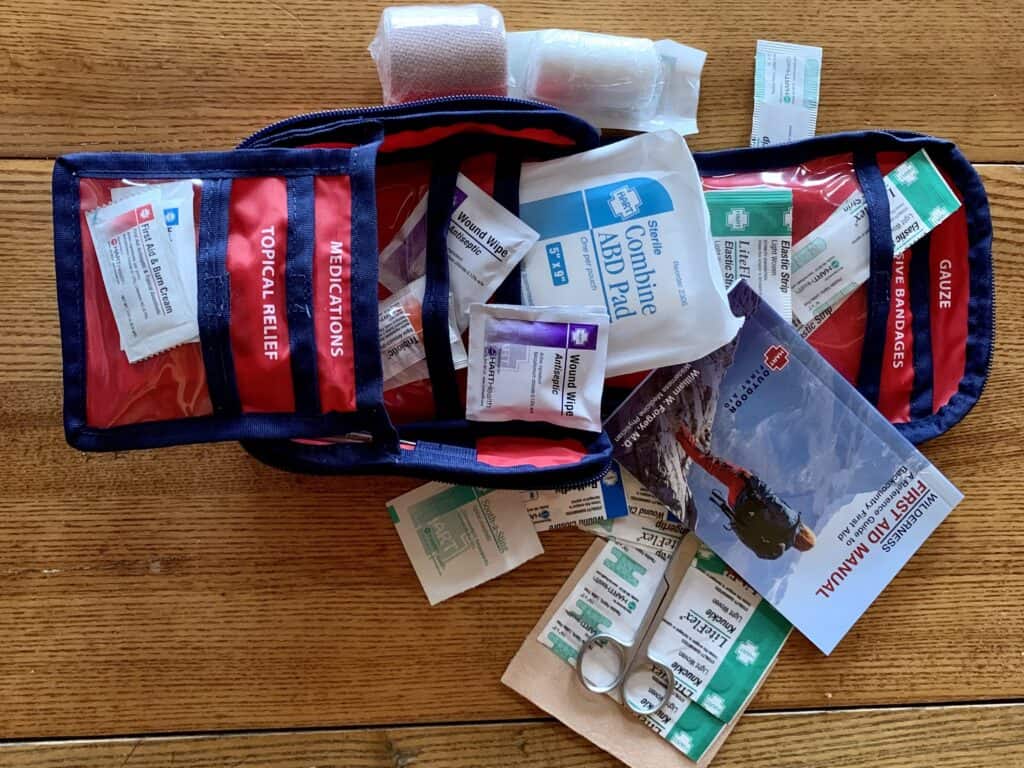
This one plays along with the “Make the Essentials Available” tag. These are your emergency supplies, so you should always have easy access to them. Much of this stuff can go in a side compartment on the RV. Just remember, don’t pack it deep in your pass-through storage.
Keep it on the outside and readily accessible when you throw open the hatch. This includes a good air compressor and a fire extinguisher and a tire pressure guage.
You might not consider these items emergency gear but they are when you need them! Don’t forget some very important items like toilet paper, bug spray, kitchen items, cooking utensils, dish soap, basic tools, extension cords, plenty of water, and a coffee maker!
9. Be Careful with Heavy Items
One of the RV packing tips that doesn’t get mentioned often enough is the weight disparity between the rear of the RV and the front. First, consider your heavy sections on an RV. These include the slides, where your appliances sit, holding tanks, the engine in motorhomes, etc.
The best course of action is to pack your lightweight stuff wherever your RV is the heaviest and leave your heavy stuff for the lightweight areas. You also want to try to load your heavier stuff closer to the hitch. This will help brace your RV and improve stabilization.
10. Use Your Tow Vehicle For Storage
You’re already towing your vehicle, so why not use it as a mini U-Haul? Of course, if you’re at the upper limit of your hitch weight, you may not be able to add much more weight.
However, for smaller, lighter materials that would otherwise just take up space in the RV, packing it in the towing vehicle makes sense.
11. Leave the Breakables at Home
If you’re planning on being a full-time RVer, selling the home, and moving away permanently, it’s harder to avoid this. However, just for trips, even long trips, there’s no reason to bring along your entire China cabinet.
RVs can be a little rough riding and it can take its toll on fragile items. Using plastic cups and dishes is no secret for RVers but there are lots of other breakables to consider as well.
12. Don’t Wait Till the Last Minute to Pack

The early bird gets the worm, as the saying goes. It applies to so many things, including packing. Make sure you’re all set to go long before you hit the open road.
Last-minute packing inevitably means forgetting important gear or personal items. Take your time and pack everything on your list well in advance, and you’ll be just fine.
Should I Have an RV Camping Checklist?
We glossed over this earlier in the article, but it’s worth mentioning twice. A checklist is your best friend when it comes to packing for a long road trip whether you are packing for your first trip or your next trip.
If you write it down and abide by it, it’s awfully hard to forget things you meant to bring along for the trip.
No RV packing tips would be complete without including a checklist. Plus, you can modify your checklist as time goes on, removing things and adding things according to your lifestyle when you’re out on your RV adventures.
How Much Extra Weight Can You Put in an RV?
As long as you remember that the total weight of an RV can’t go over the RV’s listed GVWR, you’ll be fine. Of course, where you place things within the RV makes a difference as well. You should know your CCC and GVWR by heart.
Unless you know the weight of every item you bring on the RV, you’re not going to know if you are exceeding your CCC limitation. You can use a public weight scale to make sure you are good to go.
Even if you are a pound over, that could result in a ticket if you’re pulled over and a definite ticket if you’re in an accident, even if the accident is not your fault.
Is it Safe to Have Things Packed Inside Your RV While Driving?
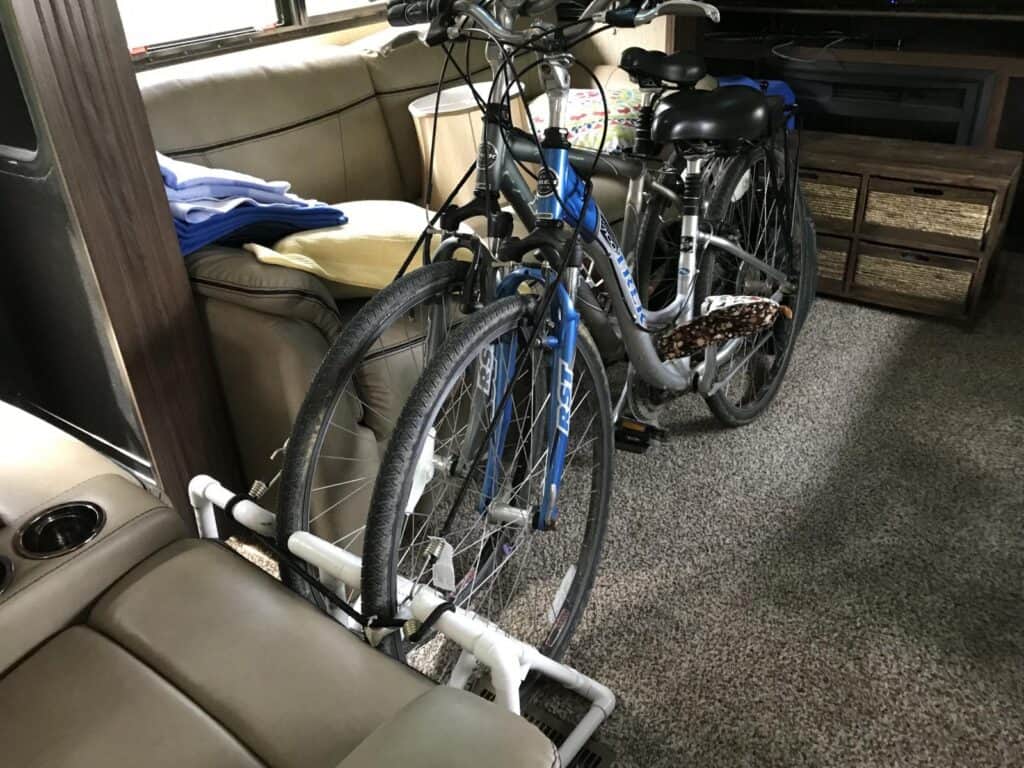
RV’s almost never have enough storage space. It’s completely safe to have things packed inside your RV, as long as you pack things a certain way. We would be remiss if our RV packing tips didn’t include some of these must-have organization and security items.
Plate racks are a great way to stack your plates and keep them from sliding off each other. Shelf liners with grippy, rubber surfaces keep your dishes secure from all but the most abrupt movement.
Pegboards, bottle sleeves, magnetic hooks and adhesives, hanging baskets, and, hanging planters are all great traveling items. They allow you to pack a lot of things in their normal places, rather than in boxes for distribution throughout the RV later. It will save you some time and headache, all while looking crafty and aesthetically pleasing.
There are always obvious things that you simply can’t pack inside an RV, at least not in a regular fashion. These are mostly large items that lack a solid center of gravity. Even with grippy mats, glasses will still tip over, after all. Magnets, adhesives, and racks are all items you can lock down while they’re holding other items of value.
You have to be careful with the heavy items and, remember, if something heavy shifts while you’re on the road, it could be enough to alter the center of gravity in the RV. That’s rarely a good thing. Loose, heavy items can also cause a lot of damage. Things of that nature need to be secured.
3 FAQs About Packing an RV for a Camping Trip
1. What do you need to pack?
You need to pack the essentials, including flashlights, roadside emergency tools and kits, first aid kits, clothes enough to last several days, storage containers for organization, food for the road, kitchen, and bathroom needs, RV set-up needs, and outdoor gear.
And don’t forget some fun items too like cards and board games.
2. Where should you pack things?
You should pack things in space-saving containers, in your tow vehicle, in your storage compartments, and securely within the RV. As far as the last is concerned, only if it’s secure and in such a way that improves the RV’s center of gravity (forward, rather than in the back).
3. How Much Can You Pack in Your RV?
How much you can pack is based on your cargo-carrying capacity. Do not exceed your CCC and, in fact, you should make sure you do not exceed 85% of your CCC. Evenly distribute the weight to the best of your ability. If you’re unsure, take your motorhome to a scale.
Final Thoughts About RV Packing Tips
Most of what’s above is common sense. Nothing is still inside your RV while you’re on the road so safety and security are a must. Pack with practicality in mind. If you don’t need it, don’t bring it. The grandfather clock may look cool in the living area but it’s really not necessary.
Pack proactively, bearing in mind what you’ll need two days from now as much as today. And remember to bring a lunch. Nobody likes to take a long trip on an empty stomach. Most importantly, stay safe and enjoy your RV road trip!
Related Reading:
–11 Reasons You Should Take An Ebike Camping
–Does A Pack And Play Fit in An RV?
–How To Reduce Tounge Weight On A Travel Trailer
–What Is The Best Size Travel Trailer?
About the Author:
Thomas Godwin is a full-time freelance writer with a BFA in Creative Writing, a U.S. Marine, and an avid outdoorsman.
When he’s not writing, he’s raising chickens and Appleyard ducks. Thomas also constructs teardrop campers (attempting to anyway) and kayaks the Blackwater River with his wife, two daughters, and his Dobermans.

